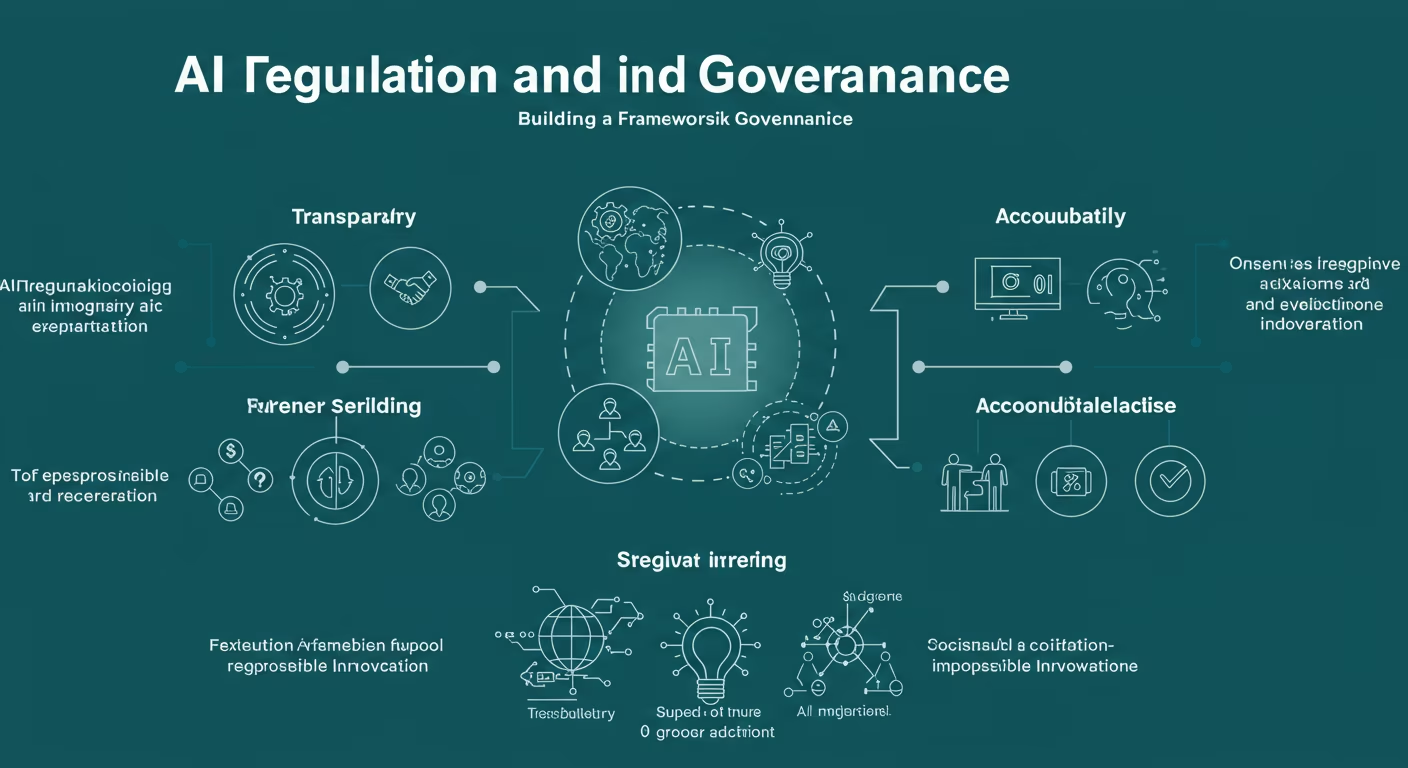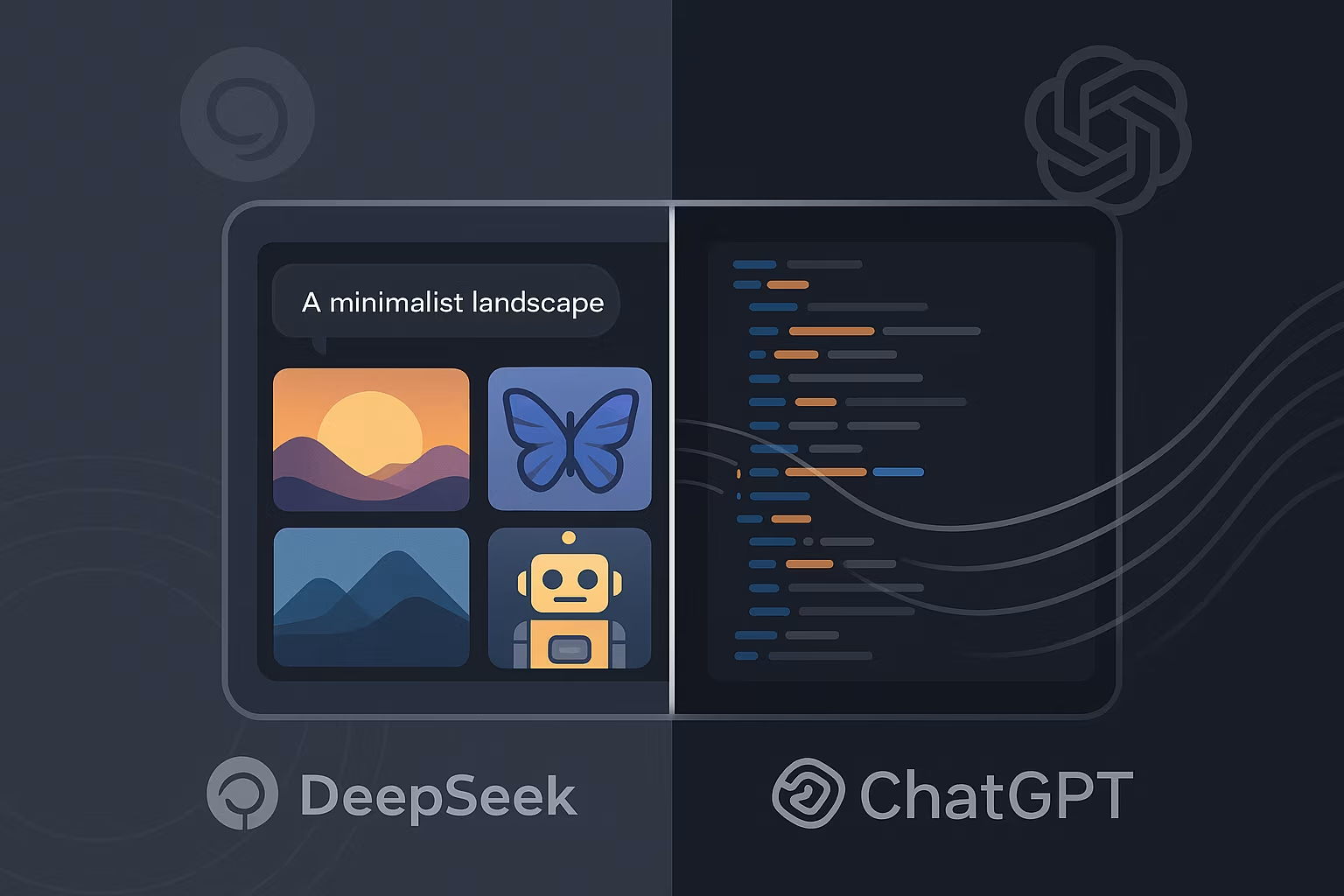As artificial intelligence rapidly permeates every facet of modern life—from healthcare diagnostics and financial markets to national defense and creative industries—the call for robust AI regulation and governance has become impossible to ignore. What was once a futuristic concept has now turned into a global policy priority, as world leaders, lawmakers, ethicists, and industry experts scramble to define how this powerful technology should be controlled.
The stakes are high. While AI holds the potential to transform economies and solve humanity’s biggest challenges, it also raises profound ethical, legal, and social questions. Who is accountable when an AI system causes harm? How do we prevent algorithmic bias or misuse of AI in surveillance? Can innovation thrive under regulation—or will it be stifled?
Answering these questions requires not only technical acumen, but also a deliberate framework of regulation and governance that balances safety, transparency, and innovation.
Why AI Needs Regulation
Unlike traditional software, AI systems can make decisions independently, evolve through learning, and operate at massive scale. This introduces unique challenges:
- Opacity: Many AI models, especially deep learning systems, are “black boxes”—difficult even for their creators to explain.
- Bias and Discrimination: AI trained on skewed data can unintentionally reinforce stereotypes or marginalize groups.
- Safety and Security: Autonomous AI in areas like robotics, autonomous driving, or finance poses real-world risks.
- Job Displacement: AI automation may lead to significant economic and social disruption.
- Misuse and Weaponization: AI-generated misinformation, deepfakes, or military applications require oversight.
Without clear rules and boundaries, the unregulated use of AI could exacerbate inequality, erode trust in institutions, and even destabilize democracies.
Global Approaches to AI Governance
Different regions are pursuing varying approaches to AI regulation, reflecting cultural, legal, and political differences.
1. European Union: Leading the Legislative Charge
The EU Artificial Intelligence Act, expected to come into force in 2025, is the world’s most comprehensive AI regulation framework to date. It introduces a risk-based approach to AI:
- Unacceptable risk (e.g., social scoring, predictive policing) is banned.
- High-risk applications (e.g., biometric ID, critical infrastructure) require stringent compliance.
- Limited and minimal risk systems face transparency obligations or voluntary codes.
The EU also emphasizes transparency, human oversight, data quality, and redress mechanisms. The goal is to promote trustworthy AI while fostering innovation across member states.
2. United States: Sector-Led and Decentralized
The U.S. lacks a unified AI law but has taken executive-level steps, including President Biden’s 2023 Executive Order on Safe, Secure, and Trustworthy AI. Agencies like the Federal Trade Commission (FTC) and National Institute of Standards and Technology (NIST) are crafting AI principles, particularly around privacy, discrimination, and safety.
However, the U.S. largely favors a sector-by-sector and innovation-first model, letting industry lead standards while encouraging self-regulation—though bipartisan efforts to craft AI legislation are gaining momentum in Congress.
3. China: Control and Strategic Prioritization
China views AI as a strategic asset and has integrated it into its national economic and military strategy. The government has implemented algorithm regulations, particularly targeting recommendation engines, deepfakes, and generative content.
Unlike the EU’s human rights emphasis or the U.S.’s market-led model, China’s governance leans toward state oversight, aligning AI development with national goals and social control objectives.
4. Emerging Global Frameworks
Global organizations are also weighing in:
- OECD AI Principles (adopted by 46 countries)
- UNESCO Recommendation on the Ethics of AI
- G7 Hiroshima Process promoting standards for generative AI
- Global Partnership on AI (GPAI) facilitating cross-border collaboration
These frameworks aim to establish interoperable standards that foster innovation while mitigating risks—recognizing that AI is a global technology that transcends borders.
Key Principles of Effective AI Governance
Despite regional differences, most responsible AI governance frameworks revolve around core principles:
- Accountability: There must be a clear chain of responsibility for AI system outcomes.
- Transparency: AI systems should be explainable and auditable.
- Fairness and Non-Discrimination: Algorithms must be tested for bias and designed to promote equity.
- Privacy and Data Protection: AI must adhere to data protection laws like GDPR.
- Human-Centered Design: AI should augment—not replace—human judgment.
- Safety and Robustness: Systems must be tested under real-world conditions and regularly monitored.
Enforcing these principles requires a combination of regulatory enforcement, industry standards, technical audits, and public engagement.
The Role of Companies in AI Self-Governance
Even in regions with strong regulatory frameworks, companies play a crucial role in shaping and implementing responsible AI practices. Leading tech firms have formed AI ethics boards, released responsible AI toolkits, and published model cards or data sheets to increase transparency.
Microsoft, for example, has committed to six principles for responsible AI, including fairness, reliability, privacy, inclusiveness, transparency, and accountability. Google and Meta have followed with their own governance approaches.
Still, critics argue that self-regulation lacks teeth without external oversight or penalties, especially when commercial incentives are misaligned with ethical outcomes.
The Challenge of Regulating Generative AI
One of the most pressing governance issues today is generative AI—models like ChatGPT, DALL·E, or Google’s Gemini that can produce human-like text, images, audio, and video.
Regulators are grappling with questions such as:
- Should AI-generated content be labeled?
- Who owns the rights to AI-created works?
- Can generative AI be used responsibly in journalism, education, or elections?
- What guardrails are needed to prevent misinformation or synthetic media abuse?
In response, some jurisdictions have begun drafting disclosure requirements and intellectual property frameworks, while others explore watermarking techniques or dataset transparency rules.
Balancing Innovation and Oversight
A key tension in AI governance is ensuring regulation does not stifle innovation. Overregulation could deter investment, slow adoption, and create competitive disadvantages. On the other hand, under-regulation risks public backlash, ethical crises, and systemic failures.
Striking the right balance means:
- Engaging with developers, businesses, civil society, and researchers
- Providing sandbox environments for testing new AI applications under supervision
- Implementing graduated enforcement based on system risk level
- Funding public research and open-source AI alternatives
Ultimately, good governance should not just prevent harm, but also enable positive AI transformation in ways that are ethical, inclusive, and democratic.
A Defining Moment for AI and Humanity
The world is at a crossroads. The technology that will shape the next century is evolving faster than our institutions can keep up. But regulation and governance don’t have to be roadblocks—they can be roadmaps to a safer, fairer AI-powered future.
Creating an effective governance framework for AI is no small task. It requires global coordination, continuous adaptation, and the willingness to engage with complexity. But done right, it can ensure that the benefits of AI are widely shared—and its risks responsibly managed.
As policymakers, developers, and communities collaborate to write the rules of intelligent machines, one truth becomes clear: how we govern AI will ultimately define its legacy.





